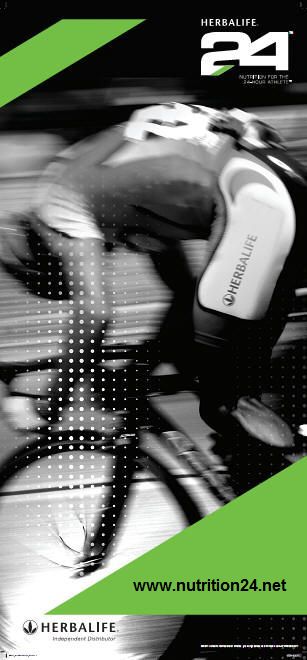 Here is guide to proper fueling, what to eat during an endurance event. Cyclists can suffer from dehydration and improper nutrition during the race. Bloating, nausea, upset stomachs, cramping, and bonking are the consequences.
Here is guide to proper fueling, what to eat during an endurance event. Cyclists can suffer from dehydration and improper nutrition during the race. Bloating, nausea, upset stomachs, cramping, and bonking are the consequences.
How many calories you burn when exercising depends on your age, sex and body composition. Older people have lower metabolic rates and also tend to have less muscle, which is a more “active” calorie-burning tissue. Women burn less calories than men when performing equivalent exercise, also because men tend to have more muscle mass. Larger people burn calories at a higher rate than smaller people, because more energy is required to move their bodies.
Here are 5 tips from Dr. Hohn Heiss to maximize your chances of not only finishing, but racing to your potential.
1. Early and often. Whatever you eat be sure to eat early and often during competition. Waiting until you are hungry puts you dangerously close to bonking and inevitably effects performance for the worse.
2. Carbs are king. There is no myth about “carbo-loading.” Carbs account for the vast majority of the energy used by muscles. Most sports drinks contain some form of sugars – which is a good thing. Recent research indicated a combination of carbohydrates may work best – e.g. maltodextrin (a very rapidly metabolized glucose polymer) and fructose rather than just maltodextrin or just sucrose alone.
3. Keep the tank full. For longer events, especially at Leadville, I recommend 200-250 calories per hour. Some people (Pro cyclists, larger men) can accommodate up to 400 calories per hour. The average 10-hour finisher at Leadville does about 150W (remember, it’s at 10,000 feet!), which equates to about 550 calories/hour – meaning they will burn about 5,500 calories during the race. Hence, it’s essential to keep eating whatever you can to keep the gas tank full.
4. Electrolytes. Electrolyte drinks are important for preventing cramps, support proper muscle function, regulate pH, enhance hydration, and facilitate carbohydrate update. Most sports drinks claim electrolytes – but read the fine print – many sports commissions recommend 500-1000mg of sodium / liter during exercise. Look for well-absorbed electrolytes like sodium citrate.
5. Protein is good. Protein is still controversial for inclusion in sports drinks. Most of the studies only look at time-trial simulations between 60-90 minutes, and the researchers don’t see significant differences in performance. But we all know, true athletes train day-after-day, and need to recovery quickly. It’s quite clear that protein consumption during exercise helps to prevent muscle breakdown and speeds recovery. During a long event like Leadville, many racers have great success consuming some protein. The key here is some. Look for a drink with a high carb-to-protein ratio, ideally close to 10:1. Too much protein can cause bloating. And, research shows protein isn’t well metabolized during exercise – so keep the carbs high and the protein low.
Herbalife24 Prolong – Sustain performance with dual-source carbohydrates and electrolytes.


High quality put up, We are viewing back again frequently to look for refreshes.